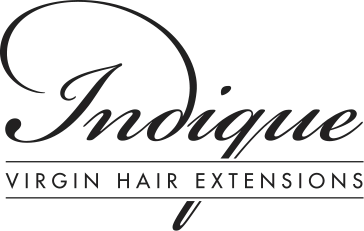The 1950s saw the invention of hair extensions for black women in the form of hair weaves. Women would wear their hair short with finger curls or the chignon. Christina Jenkins introduced
sew-in hair weaves by attaching the hair to a net. Moreover, this era saw a rise in the use of wigs and beehive hairstyles as a form of expression as well.
The 1970s saw a rise in the representation of
black hairstyles in mainstream media with the emergence of icons like Diana Ross, who flaunted their natural hair with confidence and a sense of pride and identity.
The 1980s and 1990s saw a rise in pop and rock culture and, therefore, saw a rise in hairstyles like cornrows, braids and fades. Celebrities like Janet Jackson brought
box braids into the limelight in mainstream media by wearing them with style.
Post the 2000s, the natural hair movement took over, and hence, hair extensions for black women were intended to match the curl pattern of women and help enhance their natural beauty as opposed to hiding it or changing it beyond recognition.
Today, natural hair is further enhanced by using hair extensions for black women. Choosing what makes one feel most confident and that allows one to embrace their natural and real beauty by simply choosing a style that works for them and makes them feel their best is the most popular decision.






